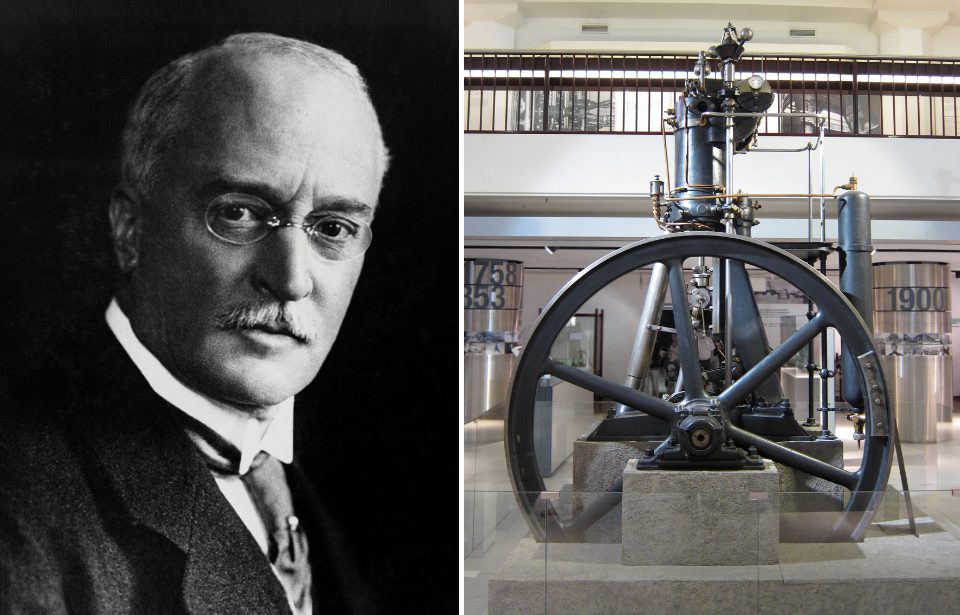We all know that the Fourth Earl of Sandwich invented the sandwich and that the Duke of Wellington invented the Wellington boot, but there are other inventions out there that take their name from famous people that you might not know about.
Some were inventors while others, like Joseph-Ignace Guillotin, were just associated with a new method or machine. Whether they were inventors or just gave their names to the items, these eponyms might teach you something you didn’t know.
Jacuzzi

People have enjoyed a version of hot tubs for centuries, from natural spring water to ofuro tubs in Japan. However, the word “jacuzzi” became synonymous with hot tubs that incorporate hydrotherapy pumps that make the water bubble.
The Jacuzzi Brothers company was founded by seven Italian brothers in 1915 to provide various products for the military. When Candido Jacuzzi’s young son was diagnosed with arthritis, the brothers got together to design a pump that could be fitted into a bath below the water level on either side.
The J-300 pump was sold to hospitals and schools until 1968, when the business expanded to include manufacturing whirlpool baths for private use.
Guillotine
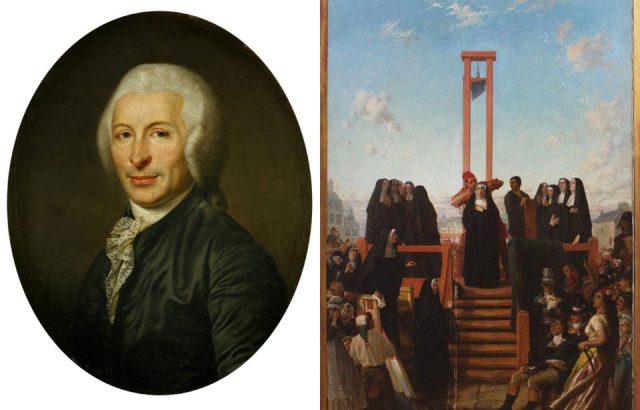
Despite being nicknamed “Madame Guillotine,” this method of execution was named after French physician Joseph-Ignace Guillotin.
Before the French Revolution in 1792, various methods of execution (including beheading machines) were in use, but Guillotin deemed many of them inhumane. In October 1789, he proposed that a simple and effective device be used to make capital punishment more painless.
Being beheaded with an ax or a sword could take a couple of attempts, and being hanged could take several minutes. But the prototype guillotine was swift and accurate, and it soon became the preferred method of execution. Although he wasn’t the inventor of the actual machine, the guillotine was named after Joseph as the man who pushed for it to be adopted as the best and only way to carry out executions.
Salisbury steak

Just like the Earl of Sandwich, some people invented such delicious food that it bore their name forever after. The Salisbury steak is based on the Hamburg steak, a patty of ground beef. Because many people traveled between New York and Hamburg, New York restaurants began offering a variation of this dish.
James H. Salisbury was a physician who served during the American Civil War. He believed that the design of human teeth indicated that humans were not supposed to eat vegetables. He therefore sought to remove vegetables, fruit, and starches from the diet of his patients and replace them with meat. He considered beef in particular to be of great medical value, and so invented the Salisbury steak: ground beef flavored with onion and seasoning and then broiled. It would be served with gravy or brown sauce.
Diesel engine
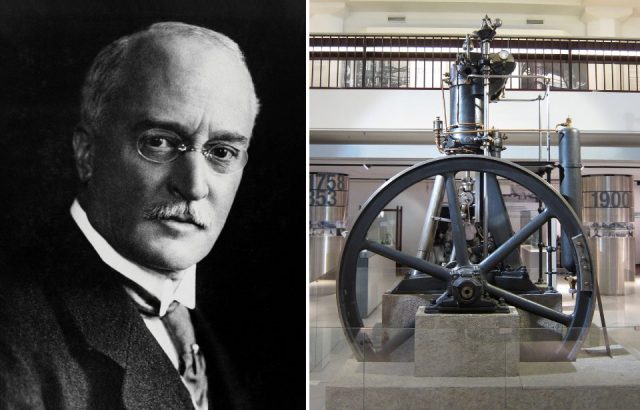
Rudolf Diesel knew he wanted to become an engineer when he was 14 years old. Although he was unable to graduate in 1879 due to typhoid fever, he spent the next year gaining engineering experience at the Sulzer Brothers Machine Works in Switzerland. When he did get around to graduating in 1880, it was with the highest academic honors.
During his working life, he gained several patents while working for Carl von Linde, and in 1893 published a treatise that was the basis of his work on the Diesel engine. His understanding of both thermodynamics and fuel efficiency led him to create an engine that was more efficient than a steam engine (which can lose up to 90% of its energy).
The first Diesel engine was the Motor 250/400, which is now on display in the German Technical Museum in Munich.
Nachos

This beloved Mexican dish was invented by Ignacio Anaya, a chef and restauranteur. His nickname was “Nacho” and for a time he worked at the Victory Club in Piedras Negras.
The story goes that one of Ignacio’s regulars, a woman called Marnie Finan, asked if Ignacio could whip up a snack that was a little different for her and her friends. Spotting some pieces of corn tortillas in the kitchen, he cut them into triangles, fried them, then added melted cheese and jalapeño peppers.
When he went on to open his own establishment, he named it “Nacho’s Restaurant.”
Mason jar
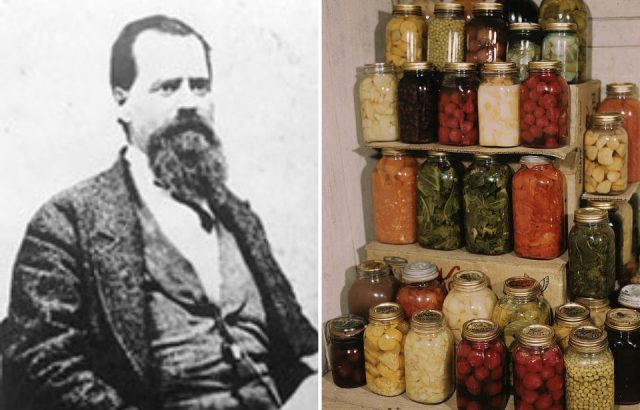
Throughout history, preserving food has been an important part of household life. In 1858, John Landis Mason patented an idea that would help householders can their produce more effectively.
Before Mason jars, home canning involved pouring sealing wax around the lip of a jar to seal a tin lid on it. The process was complicated and prone to errors.
So, tinsmith John Mason patented a tin lid that came in two parts and involved an integral rubber ring that could create a hermetic seal. Hot produce was put into a sterilized jar and as the contents cooled, a vacuum would be created, pulling the lid into tight contact with the rim of the jar.
Because these jars were so sturdy and efficient, some of the original ones have even survived to the present day.
Leotard
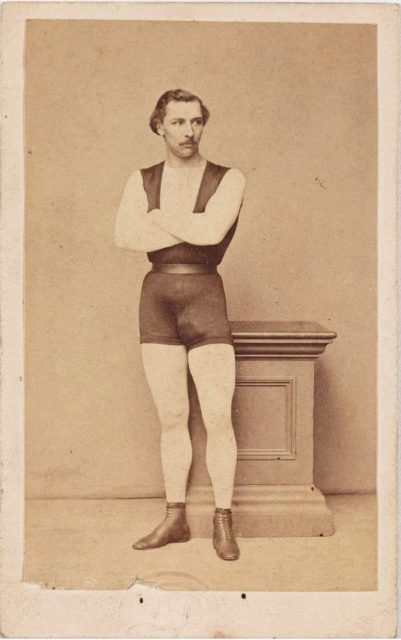
Just like Wellington boots, some famous people loaned their names to items of clothing they invented.
Strangely enough, the man who invented the leotard actually trained to be a lawyer. However, after passing his law exams, Jules Léotard became hooked on trapeze bars, ropes, and rings. His father was a gymnastics instructor with his own pool, and Jules would practice over the water.
To assist with his trapeze work, Jules invented a one-piece knitted garment with no loose fabric that might get in the way of his act. It had the added benefit of showing off his impressive physique.
Many circus performers copied his style, and then ballet schools took note of this amazing outfit that allowed complete freedom of movement.
Silhouette
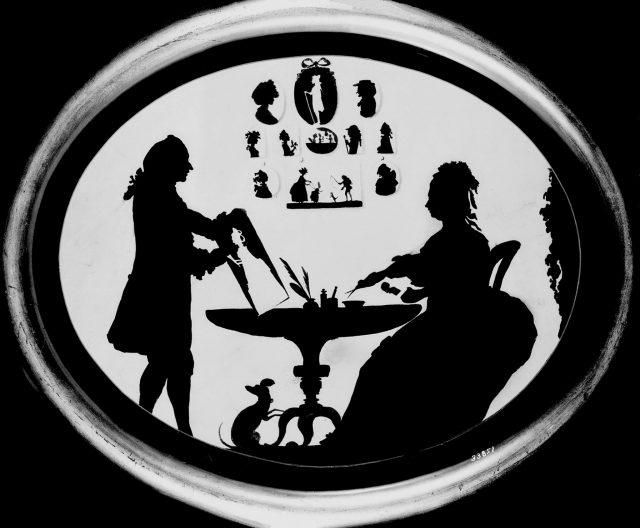
A silhouette is a particular type of picture where an object is represented as a solid shape in a single dark color (usually black) against a light-colored background. Quite often, the object was cut out of dark card stock paper.
The custom of making portraits in this way was popular from the mid-18th century as a cheap alternative to a painted miniature. Artists would either cut a profile picture working by eye alone or draw the outline on paper then paint it.
Although not created by Étienne de Silhouette, his name forever became associated with this style of art through his fiscal policies. Étienne was a French finance minister in 1759 who imposed severe economies on the people of France following the Seven Years’ War. As such, from the 19th century onward, he became the namesake for these cheap and swift portraits.
Saxophone
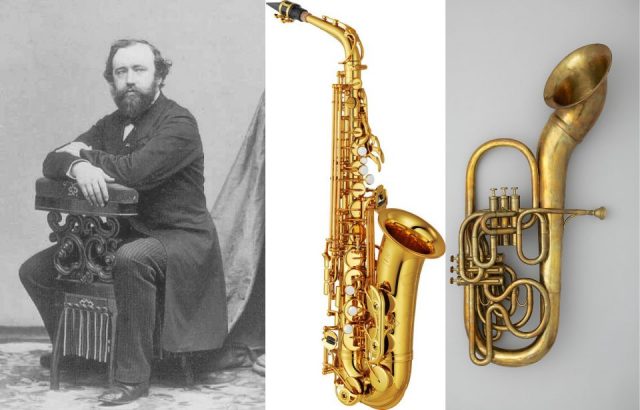
Antoine-Joseph Sax (“Adolphe”) was an inventor who also played the flute and clarinet. His parents were both instrument designers, and Adolphe began designing instruments too. At the age of 15, he entered two flutes and a clarinet he had made into a competition.
He loved both the sound of brass instruments and the distinctive sound of a reed instrument, and he wanted to find a way to combine the two. As well as inventing the much-loved saxophone, he also invented the saxtromba, the saxhorn, and the saxtuba.
Ferris Wheel
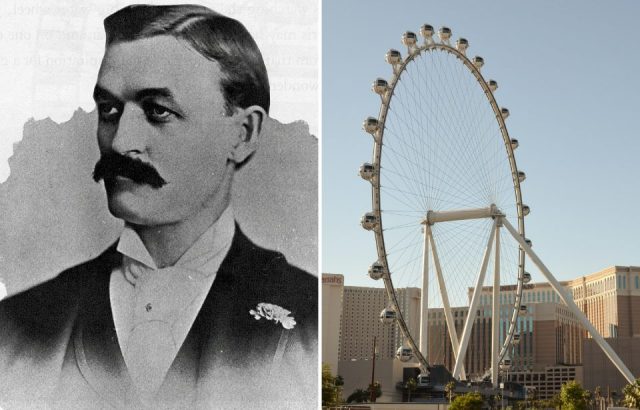
Today, you can find Ferris wheels all over the world, but the very first one was created by a bridge builder named George Washington Gale Ferris Jr. for the 1893 World’s Columbian Exposition in Chicago.
Pleasure wheels had been around since the 17th century, and the idea came to America in 1848 when a wooden wheel was created at a fair in Walton Spring, Georgia.
George Washington Gale Ferris Jr. first rode on a pleasure wheel in Atlantic City. He wanted to create an installation that would rival the Eiffel Tower, which was created for the 1889 World’s Exhibition. Ferris’s wheel was the tallest attraction at the 1893 exhibition, measuring 80.4 meters (264 feet) and boasted 36 cars able to accommodate up to 60 people. Each ride took 20 minutes and around 38,000 people got to enjoy it at a price of 50 cents per ticket.
The highest Ferris wheel standing today is the High Roller in Las Vegas, Nevada, which opened in 2014 and measures 167.6 meters (550 feet) high.
Granny Smith apples
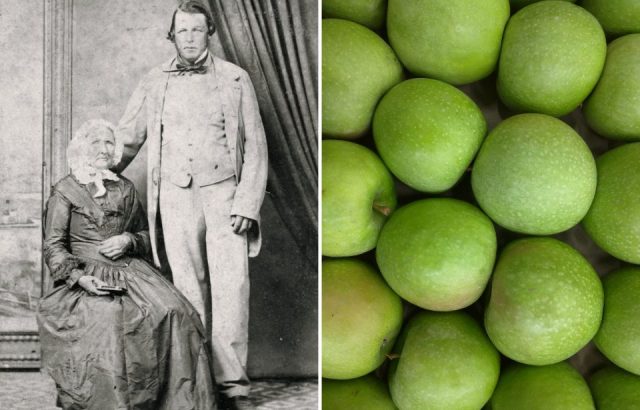
With its firm texture, the Granny Smith apple is a popular choice among bakers, and in 2019 was the third most popular apple in the U.S. It is named after a respected woman who owned a farm in New South Wales, Australia.
Maria Ann Smith became known as “Granny Smith” because she was a prominent figure in her community. A few weeks after throwing away the remains of some French crabapples, Maria found a little seedling growing in her compost heap. She tended it and sold apples from the tree at a local market.
The apple really became famous when Edward Gallard bought the Smith property after the death of Maria’s husband, Thomas. The apple was so popular that in 1895, it was deemed suitable for export and major cultivation began.
Mackintosh
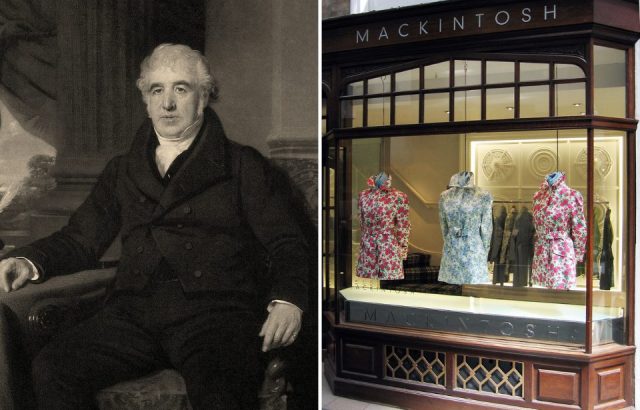
Charles Macintosh started out as a clerk but resigned when he was 20 to follow his passion for chemistry. Through his experiments with naphtha, he found a way to apply naphtha to rubber and make it soluble so it could stick together two pieces of cloth.
After Macintosh’s company merged with Thomas Hancock’s clothing company, they produced rubberized coats that found popularity not only with the public but also with the army, railways, and police forces.
Initially, the coat fabric was smelly and stiff, and it would sometimes melt in hot weather, but Macintosh solved such problems by vulcanizing the rubber.
Bowler Hat
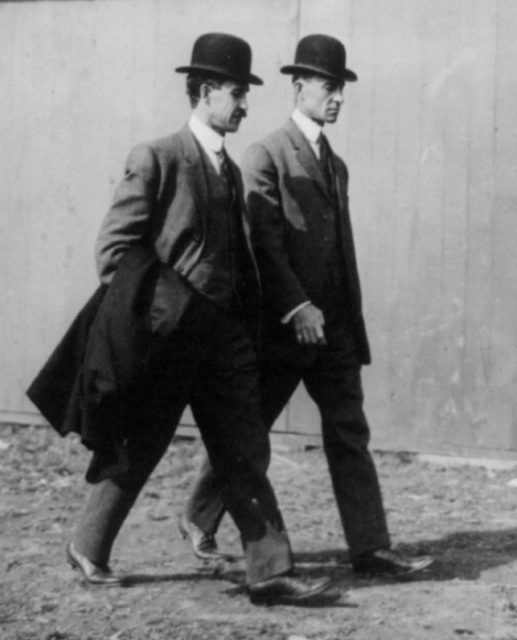
This hard felt hat with a rounded crown takes its name from Thomas and William Bowler, London hat-makers. Some say it was designed after Thomas Coke, 1st Earl of Leicester in Norfolk, requested that his hatter provide him with something that his gamekeepers could wear. The top hats that they normally wore were being knocked off by low-hanging branches.
More from us: What’s In A Name? How Mobsters Got Their Bizarre Nicknames
However, other sources suggest that it was Thomas’s younger brother, Edward, who asked for the hat. The story goes that when Edward went to pick up his hat in December 1849, he placed it on the floor and stamped on it to see if it was sufficiently durable before he paid 12 shillings for it.
